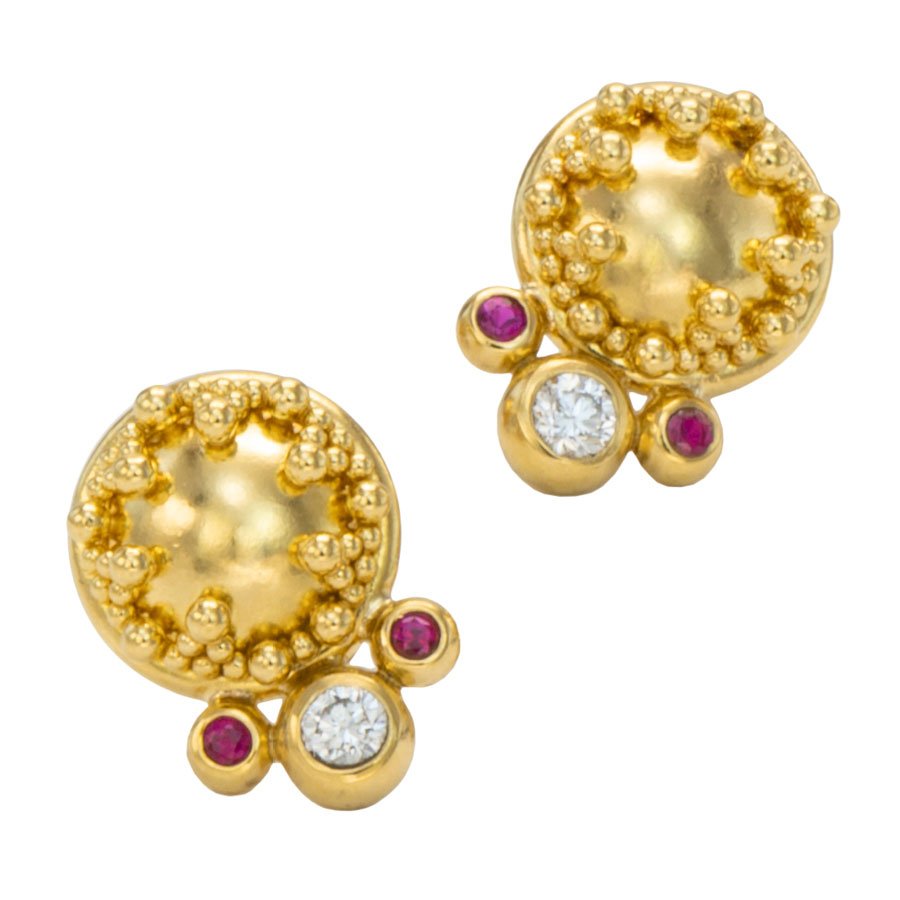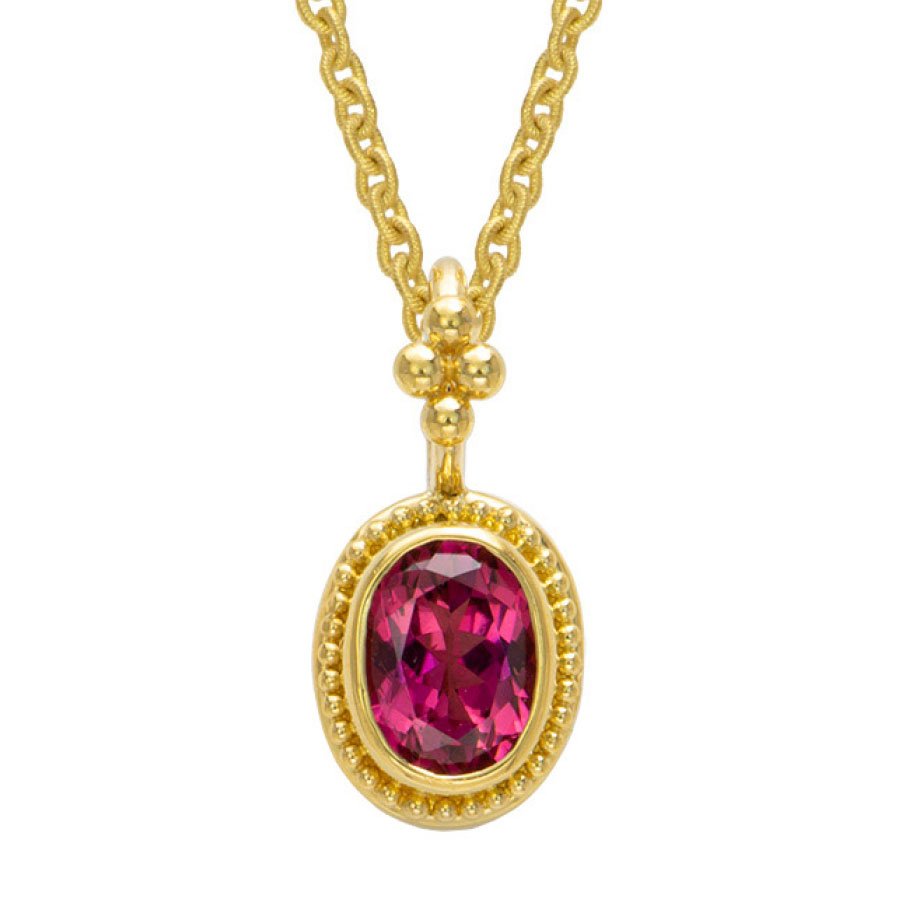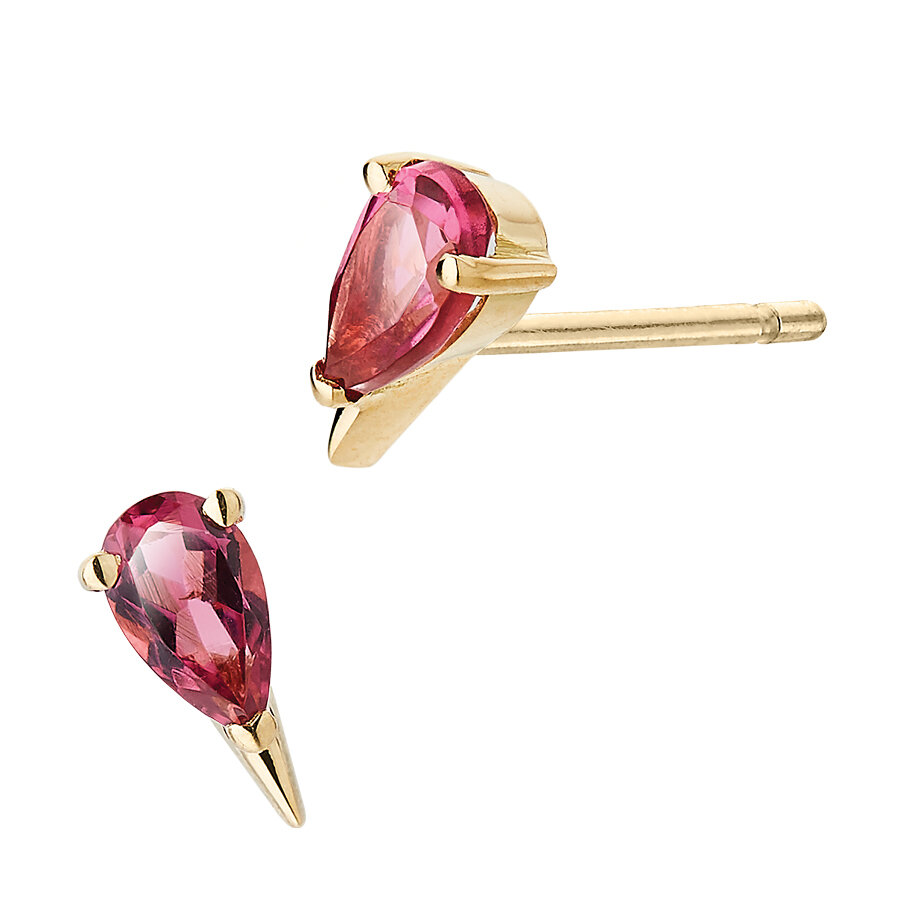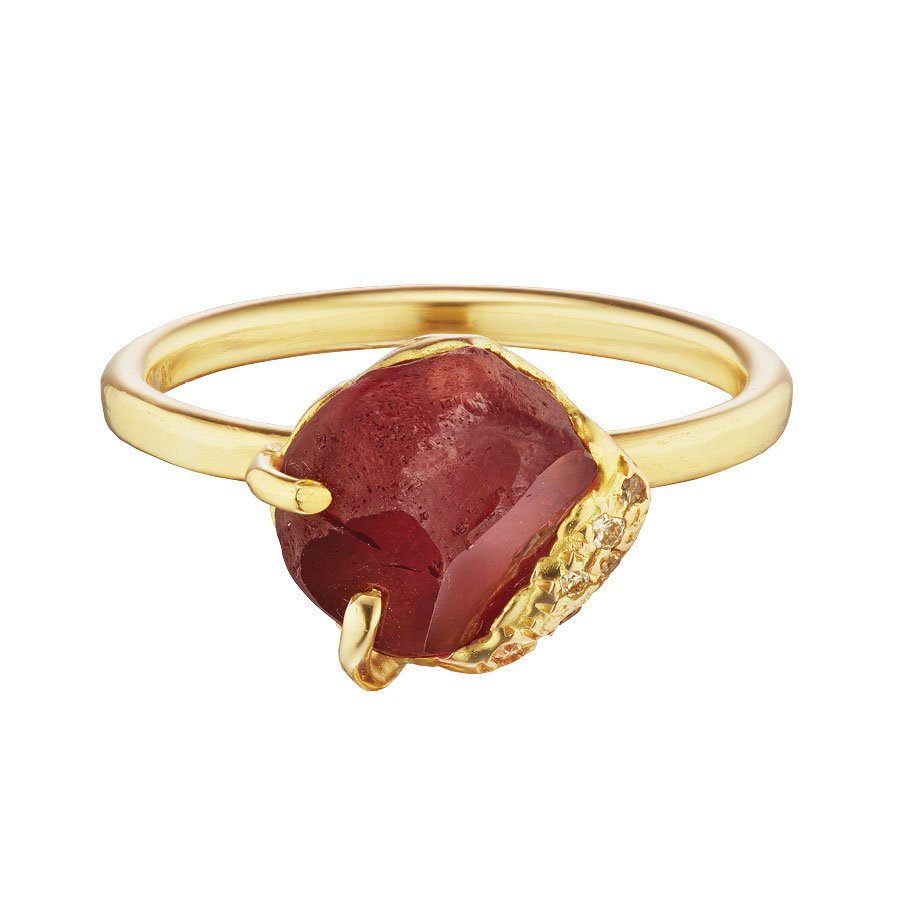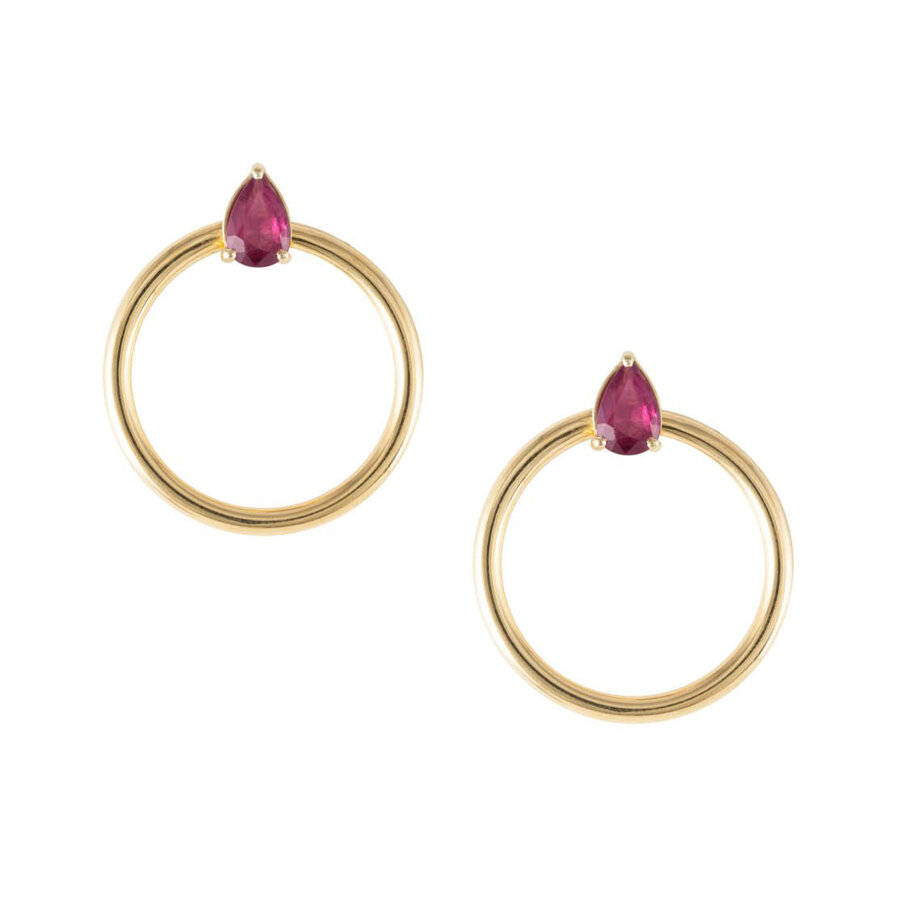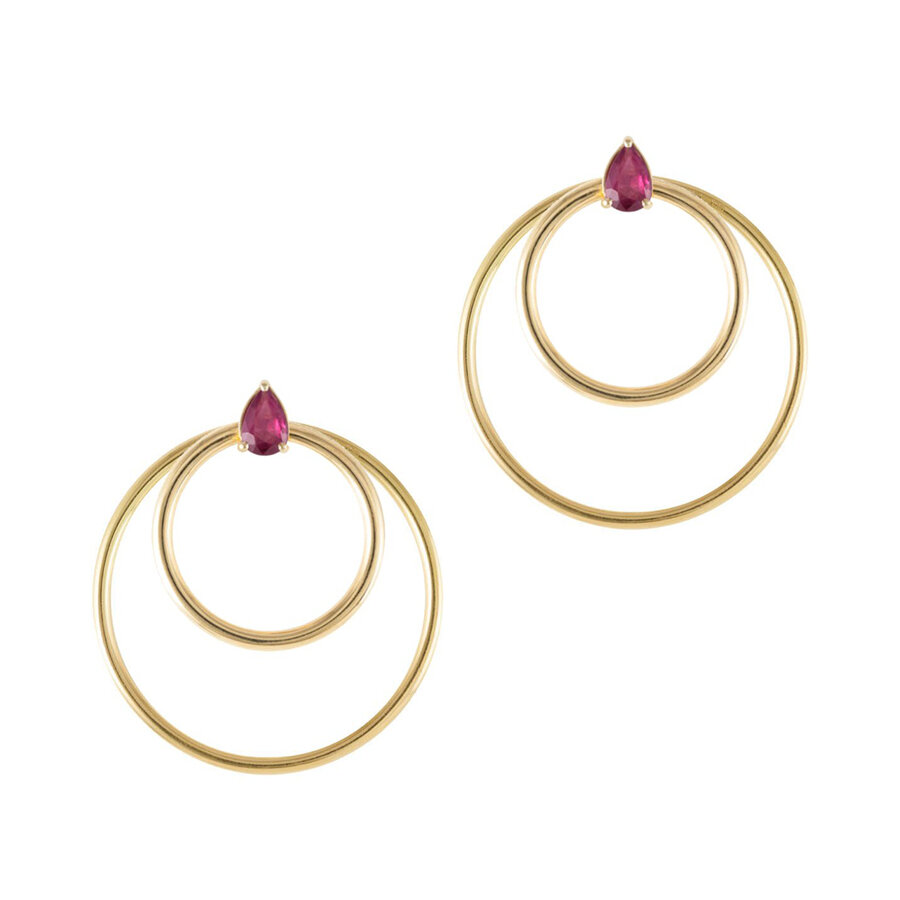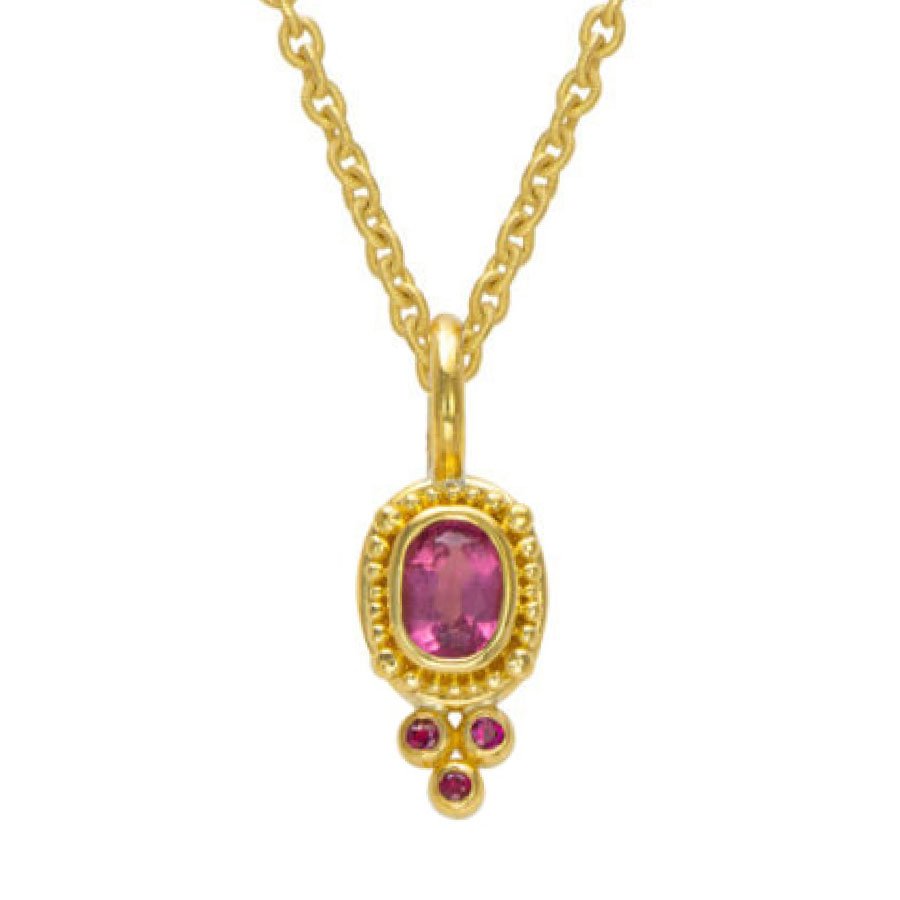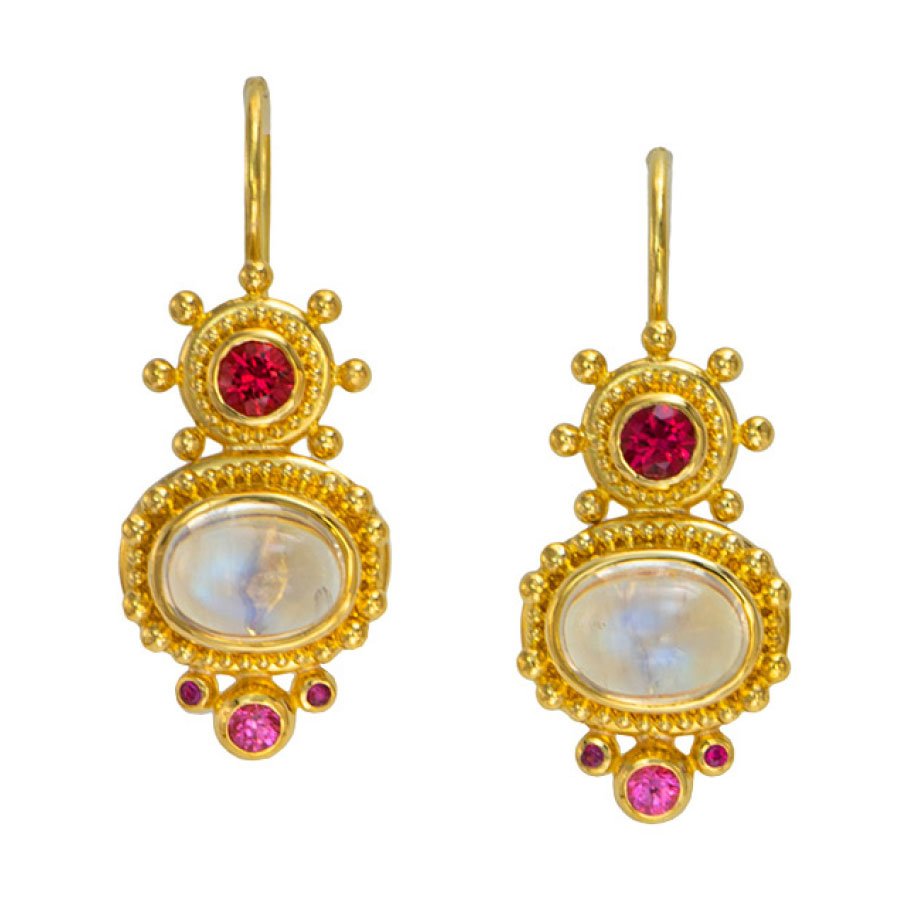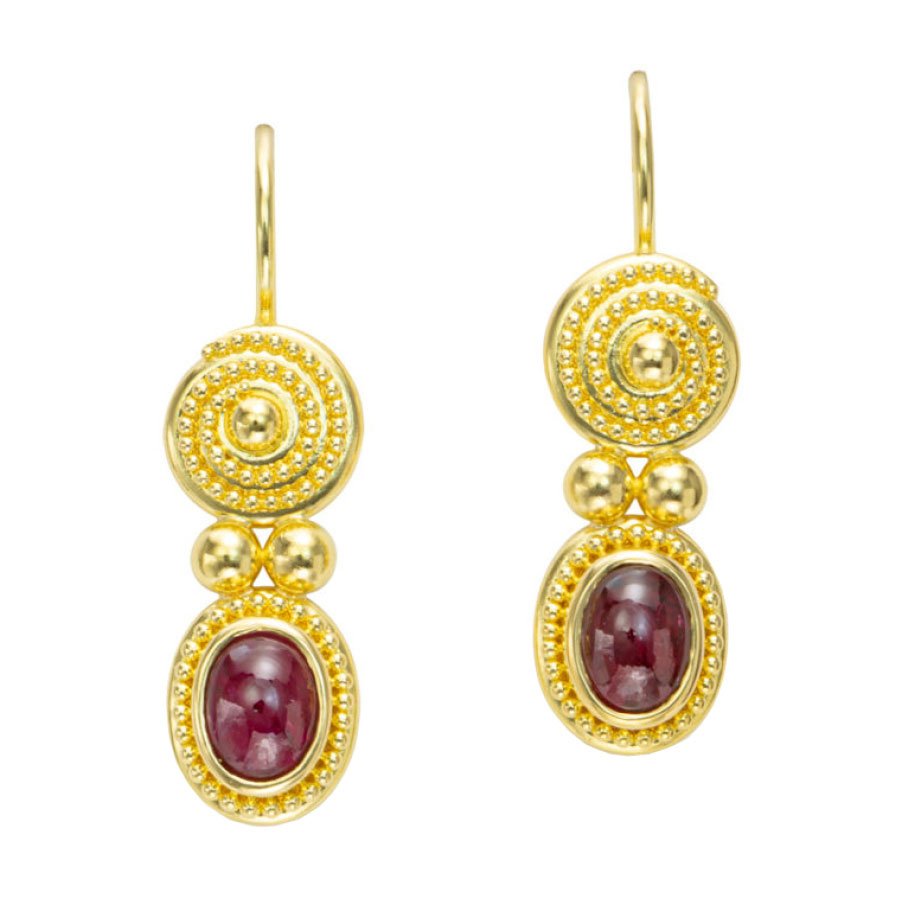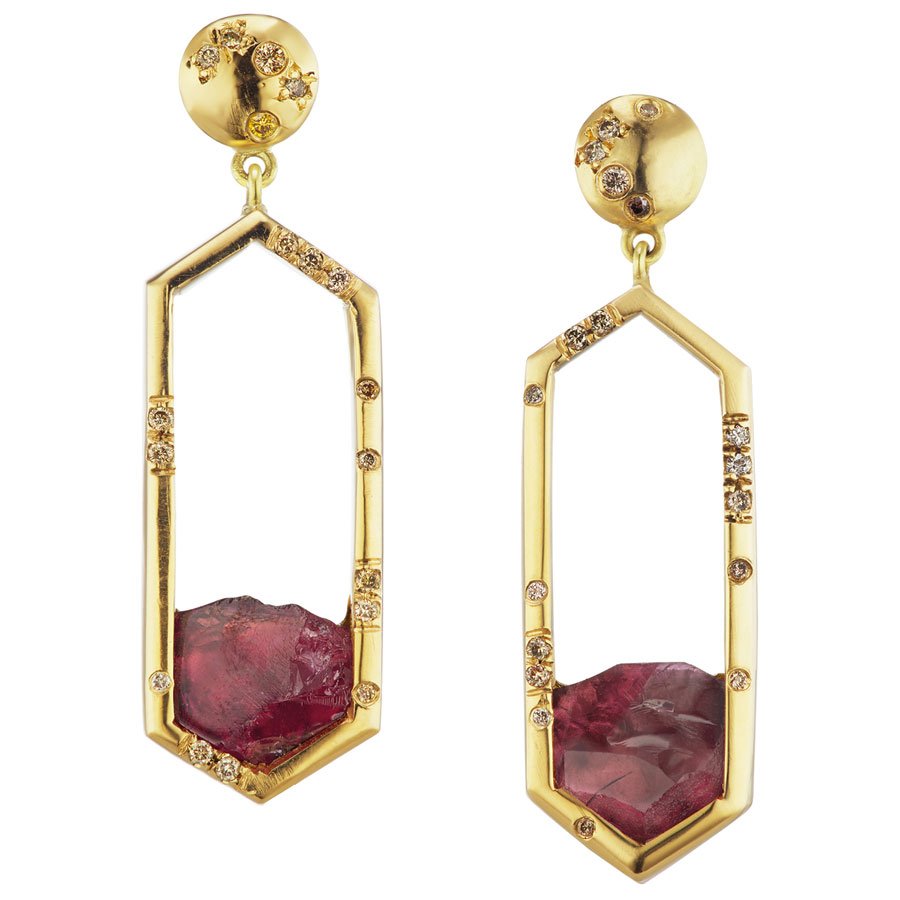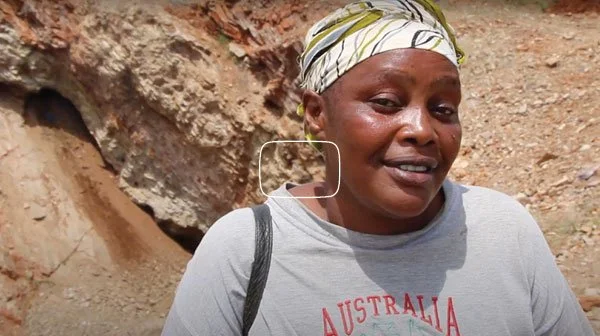Ethically Sourced Rubies: A Sparkling Tasting
MEET 3 RESPONSIBLY SOURCED RUBIES
The three rubies in this Sparkling Tasting are extra special! They are responsibly sourced from artisanal miners and cut by celebrated precision faceter Roger Dery. He along with his wife Ginger and daughter Rachel founded Gem Legacy, a 501(c)3 which provides vocational training, equipment, and support to entrepreneurs in mining communities.
Some of these are WOMEN, such as the Precious Women Mine!
In this private gathering of women, we discussed gemstone education, what responsible sourcing means, and how these gemstones create a positive social impact in artisanal mining communities.
Below are a few facets of our intimate conversation over organic rosé from Provence!
RUBY! RUBY! RUBY!
Ruby is among the most valuable gemstones per carat, apart from colored diamonds.
Many people may not realize it, but ruby and sapphire are the same mineral species, corundum. Sapphire can be any color except red, which would make it a ruby!
It is the presence of chromium when the gemstone was being formed that gives it that red hue. A great parallel to this is a wine’s flavor being expressive of “terroir” - the elements of the earth!
There are cases where a gem exhibits a color that is on the cusp of being graded as a pink sapphire or a ruby. While grading can subjective, it greatly impacts market value, as a ruby will command a higher price than a pink sapphire.
RUBY vs GARNET vs SPINEL vs TOURMALINE
Gemstone doppelgangers are among my favorite topics. You can read more about ruby’s doppelgangers, which are uniquely beautiful in their own right.
LET’S LOOK AT THREE TRACEABLE RUBIES!
WHICH RUBY IS THE MOST VALUABLE?
EMERALD CUT RUBY
Mozambique
1.02 carats
unheated
PEAR CUT RUBY
Mozambique
1.34 carats
CABOCHON RUBY
Thailand
1.10 carats
THE MOST VALUABLE IS… THE EMERALD CUT RUBY!
The EMERALD CUT RUBY is approximately 5 times more valuable than the CABOCHON RUBY.
The PEAR CUT RUBY is approximately 4 times more valuable than the CABOCHON RUBY.
Rarity plays a significant role in dictating the value of any gemstone!
Even though this ruby is the smallest gemstone by carat weight, it commands a higher price point per carat because of its rarity. The rarest of the rare rubies are untreated rubies - those that have not been heated to minimize inclusions and enhance their beauty. Another treatment to be aware of is fracture filling to improve clarity which should be disclosed. These rubies have not been filled.
The most prized are from Burma - especially those that exhibit the desired “pigeon blood” red. Importantly, Burmese rubies are considered conflict gemstones. Most of these that circulate in the market today are from “post-consumer recycled” estate pieces.
Mozambique rubies were discovered less than a decade ago. While they generally exhibit purer crystals and fewer inclusions than Burmese rubies, they are more attainable.
The emerald cut ruby has fewer inclusions (more clarity) than the pear cut ruby.
Gemstones that are highly included are usually shaped and polished like this lovely cabochon ruby. Included gem material can also be shaped, polished, and drilled into beads.
The most important distinction: Beyond what the market dictates, whatever color, cut or size of stone that is uniquely beautiful to you is what matters most!
Beyond value, which is your favorite?
SHOP:
RUBY + RUBY-HUED JEWELRY
RUBY vs SPINEL vs TOURMALINE vs GARNET
THE MOHS SCALE:
Gemstones that are harder than quartz, a 7 on the Mohs Scale, are great options as everyday and engagement rings.
Diamond is the hardest at 10, meaning it is ideal as an engagement ring.
Ruby is also a gorgeous option for an engagement ring at 9, as is spinel at 8.
Tourmaline is 7 - 7.5 and therefore a beautiful gemstone for everyday rings.
Garnet at 6.5 - 7.5 is on the cusp as an everyday ring, so a setting that is designed to protect it from accidental bumps with hard surfaces is ideal.
All of these would be amazing as cocktail rings!
What to know about ETHICAL GEMS and GOLD to ensure your jewelry is NOT FUNDING CONFLICT
WHAT DOES RESPONSIBLY SOURCED MEAN?
In the same way that we know where our food is from and who made our clothes, why not jewelry?
Responsible sourcing goes beyond ethically or sustainably sourced. This encompasses conflict-free, traceability, protecting people, their skills, and the environment be it land or sea. This is an open, evolving conversation worth having, as we all seek to make choices that align with our values.
DISCOVER HOW THE “INGREDIENTS” IN YOUR JEWELRY SUPPORT SDGs AND CLIMATE ACTION
As much as possible, the designers in this community do their best to choose jewelry “ingredients” that honor this.
Gemstones cut by Roger Dery Gem Design benefit East African artisanal mining entrepreneurs, such as the Precious Women Mine!
Gem Legacy is a 501(c)3 nonprofit organization that works with artisanal miners in East African mining communities, some of which are owned and operated by women!
Founded by Roger, Ginger, and Rachel Dery, Gem Legacy provides vocational training, mining equipment, and supports local entrepreneurship in Kenya and beyond.
For precious metals, this can mean using recycled gold - or a step further is mercury-free Fairmined gold.
WHAT IS FAIRMINED GOLD?
As we make ethical choices with Fairtrade wine, food, and fashion, why not the gold in our jewelry? Let’s compare recycled gold versus Fairmined gold…
3 RIVETING Q&As ABOUT GEMSTONES
WHAT GEMSTONE IS A GOOD INVESTMENT?
The one that is uniquely beautiful to you!
Similar to collecting art or cars, invest in what you love while understanding what aligns with your reasonable expectations of a “return on investment”.
Watching high-profile jewelry sales at auction houses will offer an understanding of the market for particular gemstones at the collector level.
Rarity is one of the greatest factors that affect value. Being aware of gemstones that are no longer being mined (or soon to be no longer mined) could be one strategy such as Argyle colored diamonds or Tanzanite.
Spinel can be a beautiful investment because availability can be limited and unreliable. Demand definitely exceeds availability, especially for red and cobalt blue.
Rare garnets can also be alluring investments, such as mandarine (orange) and tsavorite (green). The rarest and most prized is the demantoid garnet for its exceptional fire and brilliance that rivals diamonds.
ARE GEMSTONES STILL BEING FORMED TODAY?
This is such a good question and a complex one to answer.
What I can say is the earth is ever-changing and different gemstone species require different environmental conditions to form.
A current geological study suggests the oldest gemstone material known is Greenland Ruby, forming 3 billion years ago.
GIA Graduate Gemologist® Adrianne Sanogo shared an enlightening article on the ages of diamonds.
The conclusion appears to be that gemstones are eternally being formed, although what is being formed today will not materialize for millions or billions of years.
WHAT IS THE BEST JEWELRY CLEANING SOLUTION?
You already have it at home!
The best cleaning solution is mild dish soap (not detergent) and water with a soft toothbrush or a soft cloth.
Personally, I do not recommend ultrasonic cleaners. They can crack opals, shatter pearls, or damage gemstones that are treated. While it may be safe to clean hard gemstones, such as diamond engagement rings, it can result in loosening prongs over time.
Keep in mind, different gemstones require different wear and care considerations. Among these are soft or brittle gemstones such as emerald, pearl, opal, turquoise, and Tanzanite.
Get the full scoop HERE!






